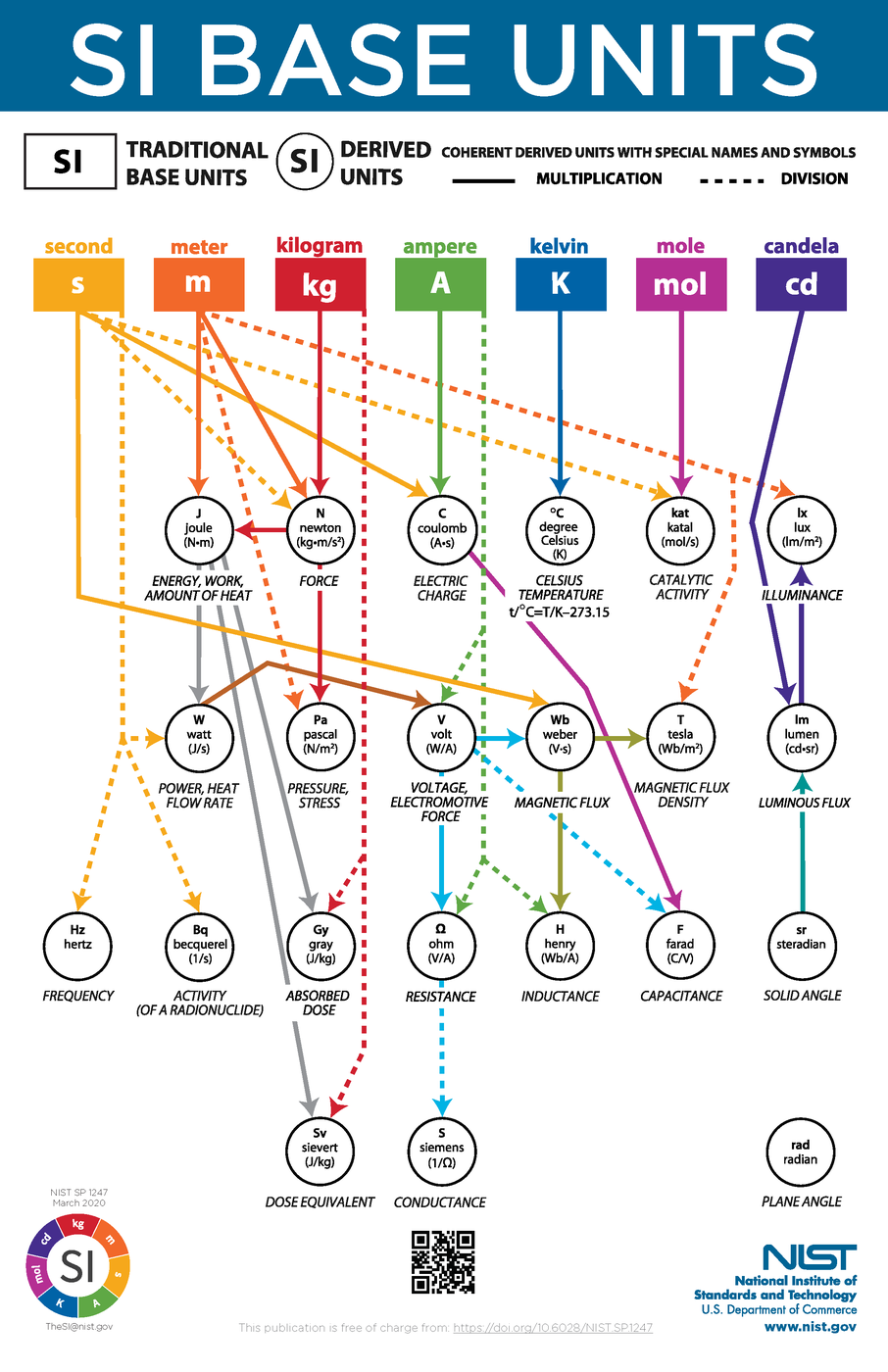Summary
NIST provides calibration services for force-measuring instruments by applying known forces, compression, tension or both, to the elastic transducer and recording the sensed deformation. Most transducers are strain gage-based load cells, however, mechanical proving rings are also accepted for calibration.
Description
The calibration report describes the relationship between the applied force and the measured deformation, either in electrical or mechanical units. A transducer can be calibrated using (1) a readout device furnished by the customer, in which case the transducer and the readout device are calibrated as a system, and the calibration is valid only when the transducer and the readout device are used together; or (2) readout instrumentation furnished by NIST, in which case data are reported in terms of the SI-traceable ratio of the output voltage to the dc excitation voltage (mV/V). In the latter case, the customer must possess the necessary electrical instrumentation and expertise to utilize the calibration results. The relative standard uncertainty of the calibration of the voltage-ratio measurement instrumentation used at NIST is 0.0003 %.
Compression or tension calibrations in the range of 44.5 N to 4.448 222 MN (10 lbf to 1 000 000 lbf) are performed using deadweight machines. NIST has six deadweight machines with maximum capacities of 2 246 N (505 lbf), 27 134 N (6 100 lbf), 112 540 N (25 300 lbf), 498 201 N (112 000 lbf), 1 334 466 N (300 000 lbf), and 4 448 222 N (1 000 000 lbf). The standard uncertainty of the applied forces incorporates the uncertainties associated with the determination of the mass of the deadweight, the acceleration due to gravity and the air density. The relative standard uncertainty of applied force is 0.0005 %.
All force calibrations are traceable to the SI through the following traceability chain:


